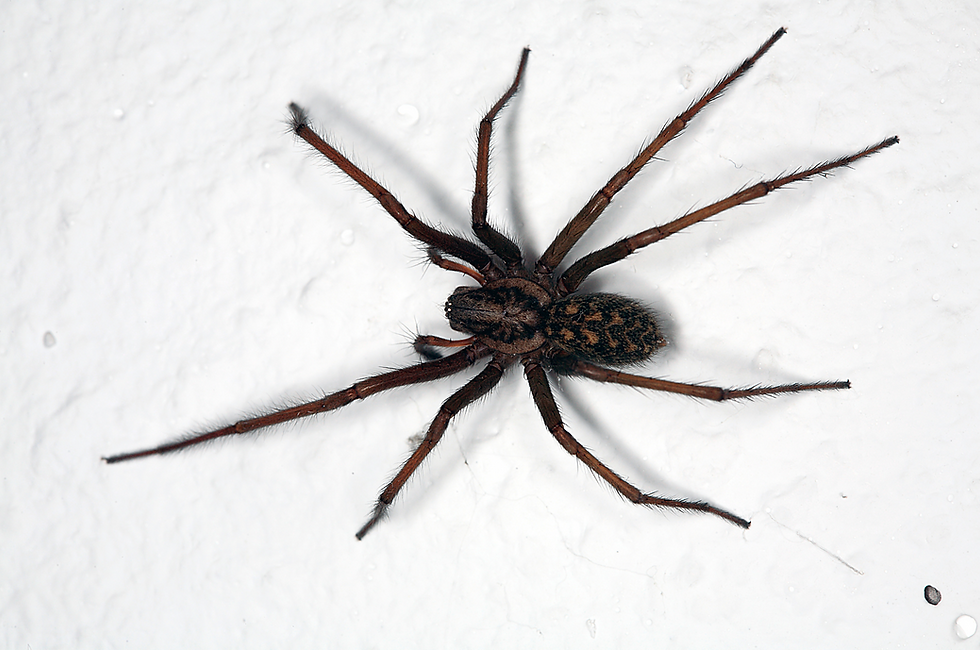Why People Mistake Crane Flies for Giant Mosquitoes
- 11 minutes ago
- 2 min read

If you’ve ever seen a long-legged bug awkwardly bouncing around your porch light at night, your brain probably went straight to, “Oh great… a giant mosquito.”
Good news: that bug is not a mosquito.
That’s a crane fly. And despite the rumors, crane flies don’t bite, don’t suck blood, and don’t chase people. They’re clumsy, harmless, and honestly kind of bad at being bugs.
So why do you see them every year? And why do they seem to show up all at once?
Let’s break it down.
Why People Confuse Crane Flies With Mosquitoes
Crane flies:
Have long, skinny legs
Have a slender body
Fly around lights
Show up near water
So yeah… at a glance, they look like mosquitoes on steroids.
But the difference is simple:
Mosquitoes hunt.
Crane flies do not.
Crane flies don’t bite or feed on blood. They don’t even want to be near you.
Where Crane Flies Live
Crane flies start their life in moist soil, especially in lawns and areas that stay damp.
Their larvae (called leatherjackets) hide just below the grass and feed on:
Grass roots
Decaying plant matter
Moist organic soil
So if your yard:
Stays wet
Has poor drainage
Gets overwatered
You’ll see more crane flies once they mature and come to the surface.
Most crane fly outbreaks in Rialto and Fontana happen after rain or heavy irrigation.
What Crane Flies Eat
This is the part most people don’t know: Most adult crane flies don’t eat anything.
Their whole purpose at the adult stage is just to mate, lay eggs, and be done. They only live a few days after emerging.
The larvae are the ones causing damage to lawns. When leatherjackets feed heavily on roots, grass starts to thin out and turn patchy.
So if your yard looks rough and you’re seeing crane flies, the issue is underground, not in the air.
Why You See Crane Flies in Bursts
Crane fly season comes in waves:
After rainfall
After lawn irrigation
During warm, humid evenings
When conditions are right, a ton of them emerge all at once, and it looks like they’re invading.
Really, they’re hatching, not moving in.
How to Get Rid of Crane Flies
The key is to treat the larvae in the soil. Killing adults does nothing. They’re already at the end of their life cycle.
Here’s what helps:
Reduce watering for a week.
Improve yard drainage.
Rake out thatch and decaying grass.
Apply larvae control treatments if your lawn shows damage.
If you want a healthy lawn and fewer crane flies, treating the soil is the only solution.
When to Call TruPest Solutions
Call when you notice:
Lots of crane flies around the house
Soft or thinning grass
Lawn damage that doesn’t make sense
Extra moisture or overwatered areas
We inspect your lawn, identify whether crane fly larvae are the cause, and treat the root zone directly so the problem doesn’t return next season.
No guesswork. No wasted money on sprays that don’t matter.
Crane Fly Control in Rialto and Fontana
If you want your yard green, healthy, and bug-free, we’re ready when you are.
Call 951-334-5288 or visit TruPestSolutions.com to schedule your crane fly inspection and treatment.






